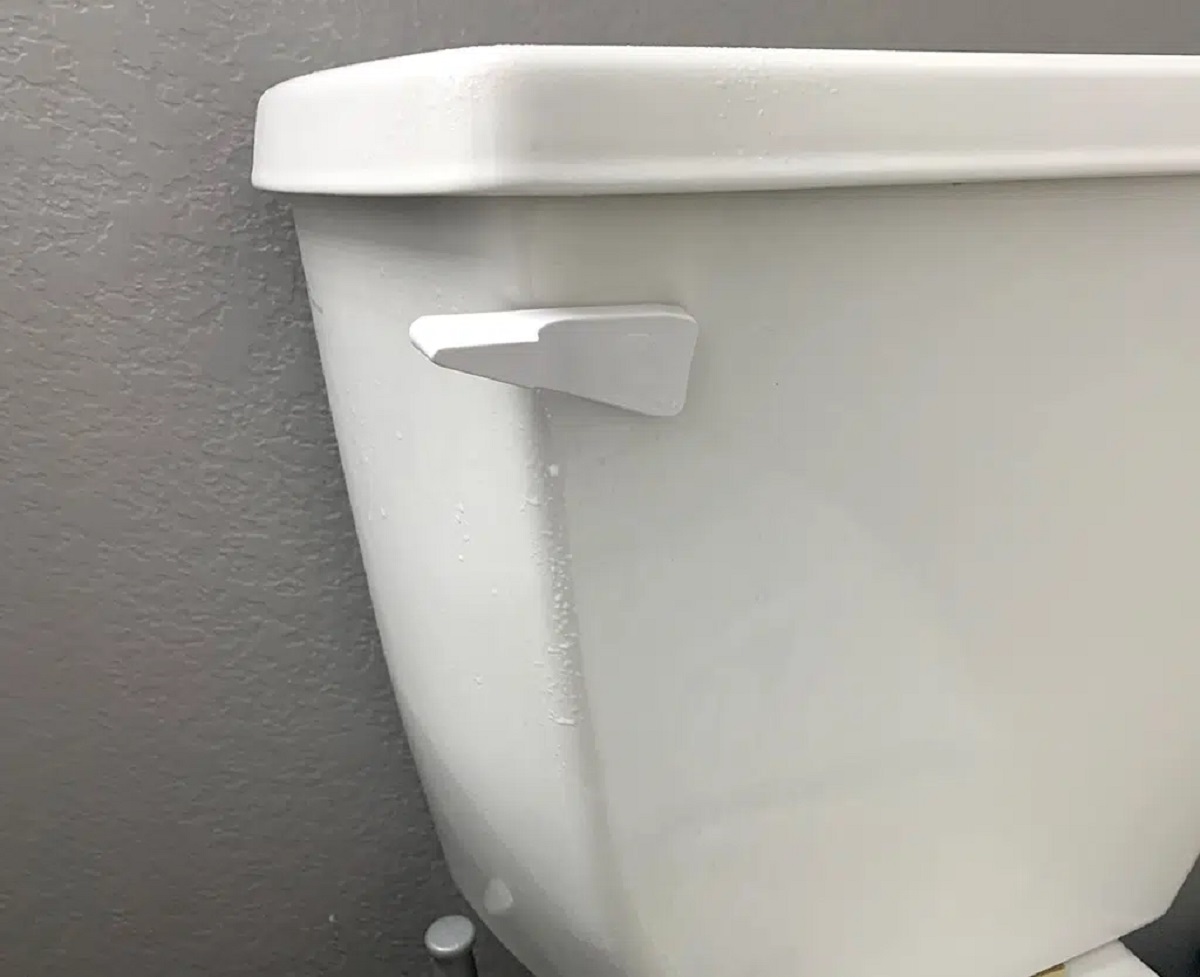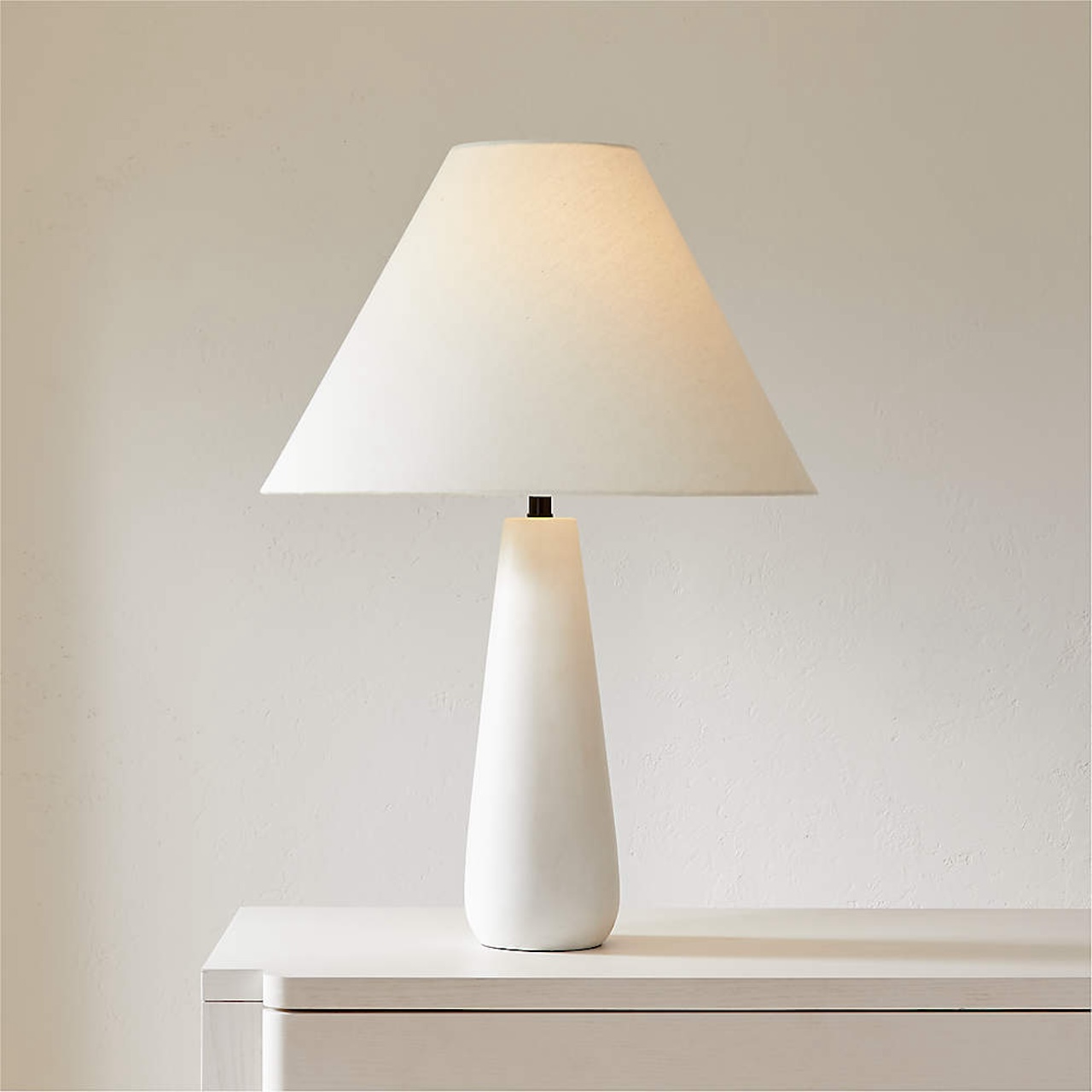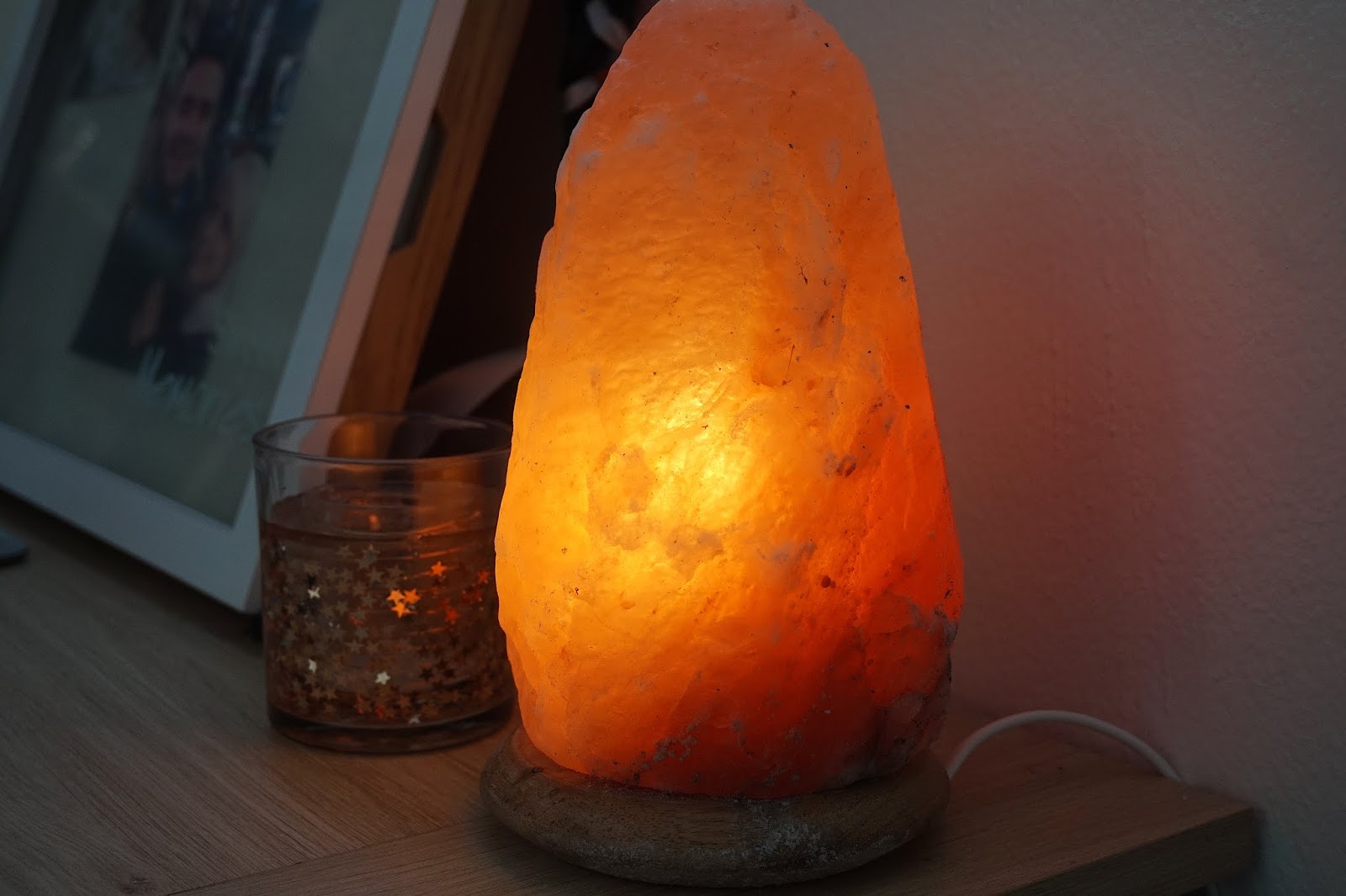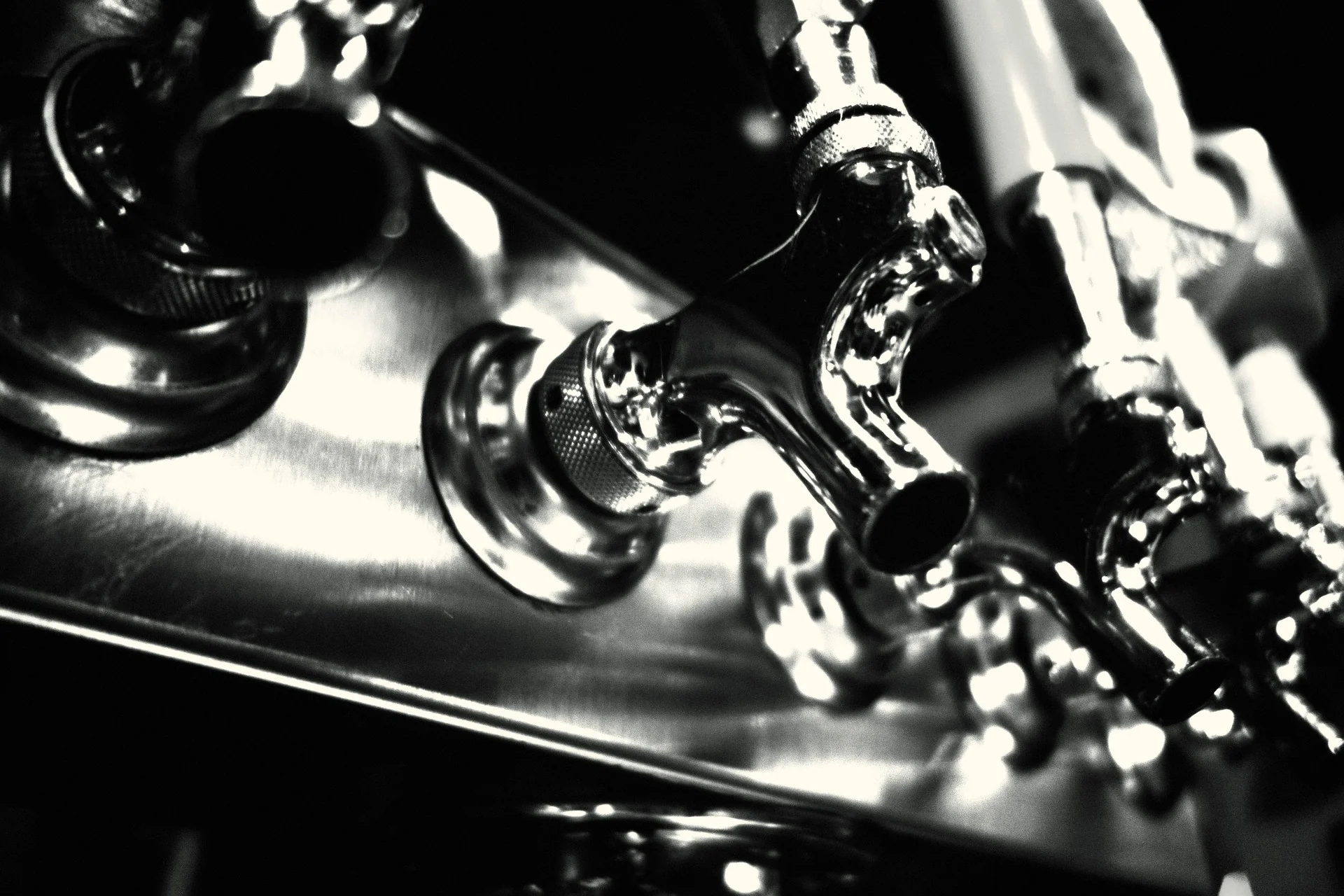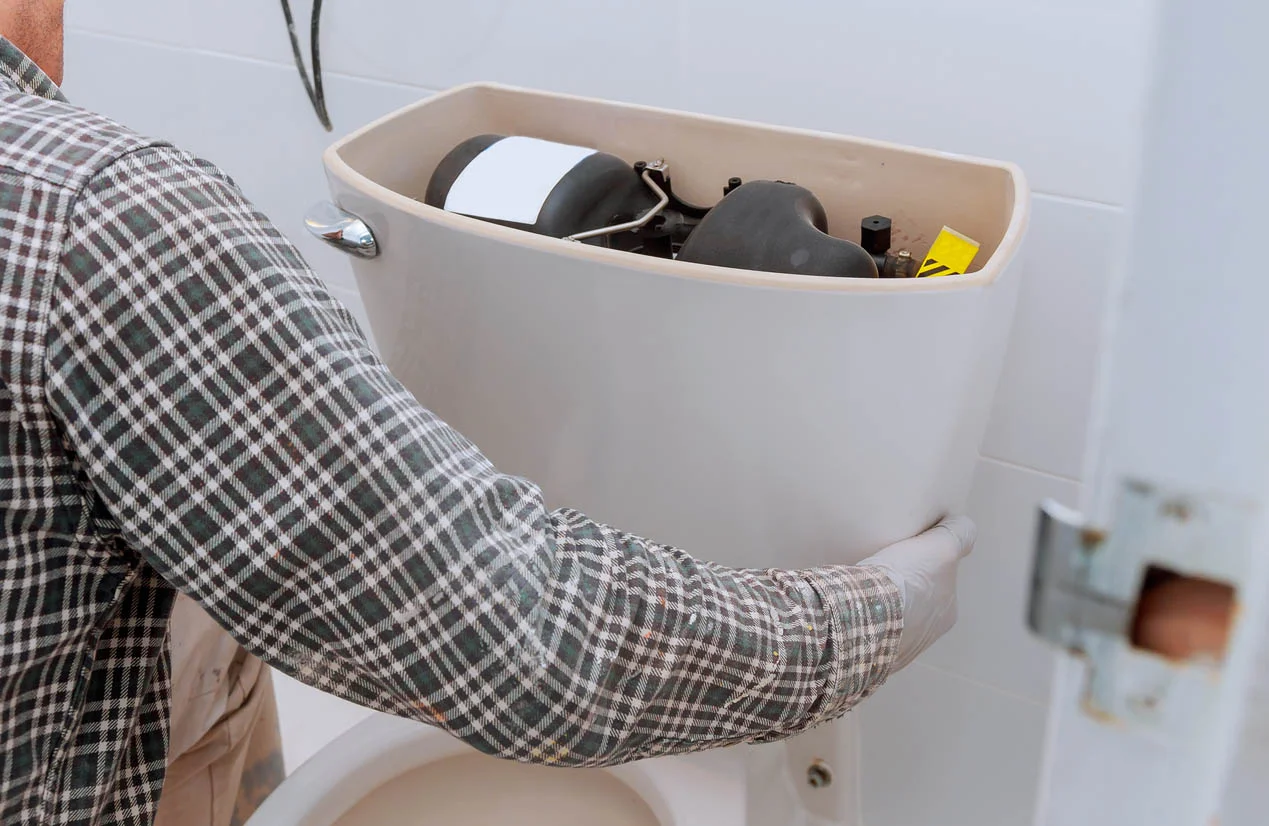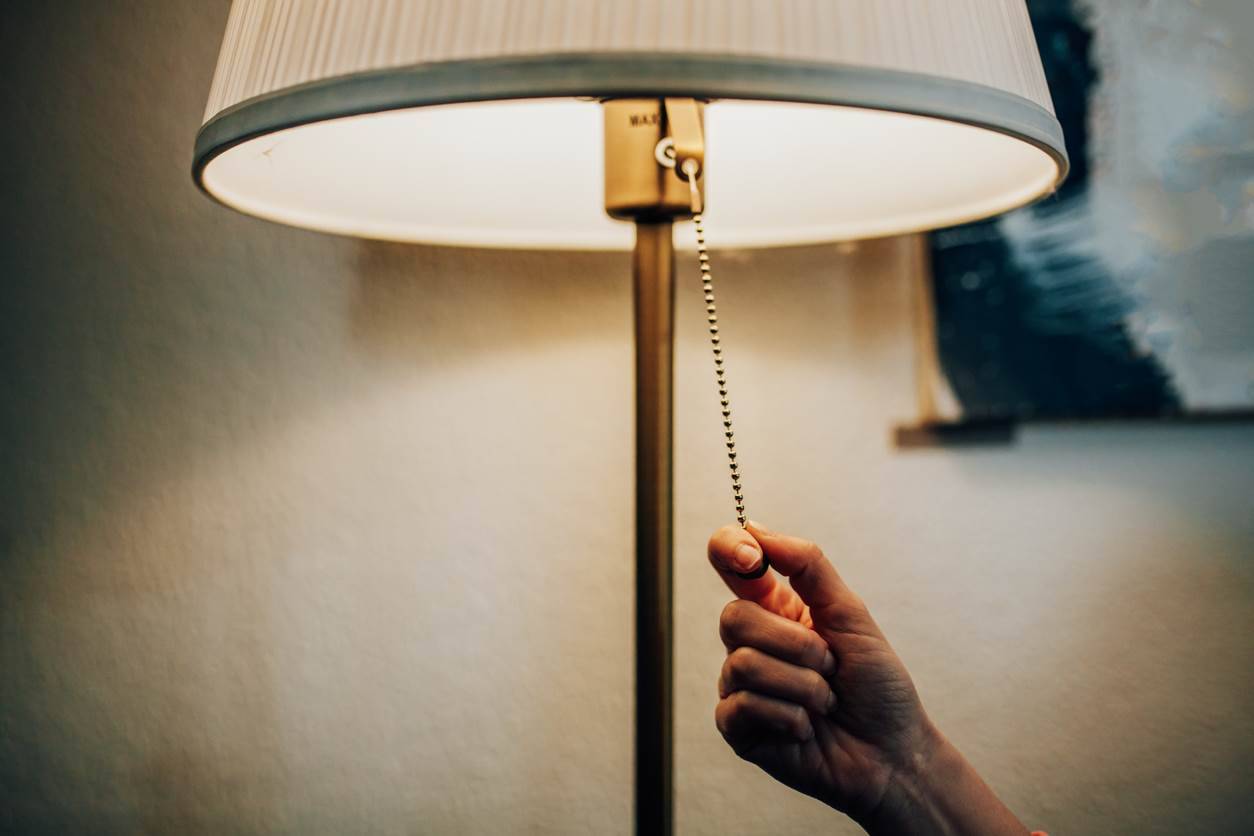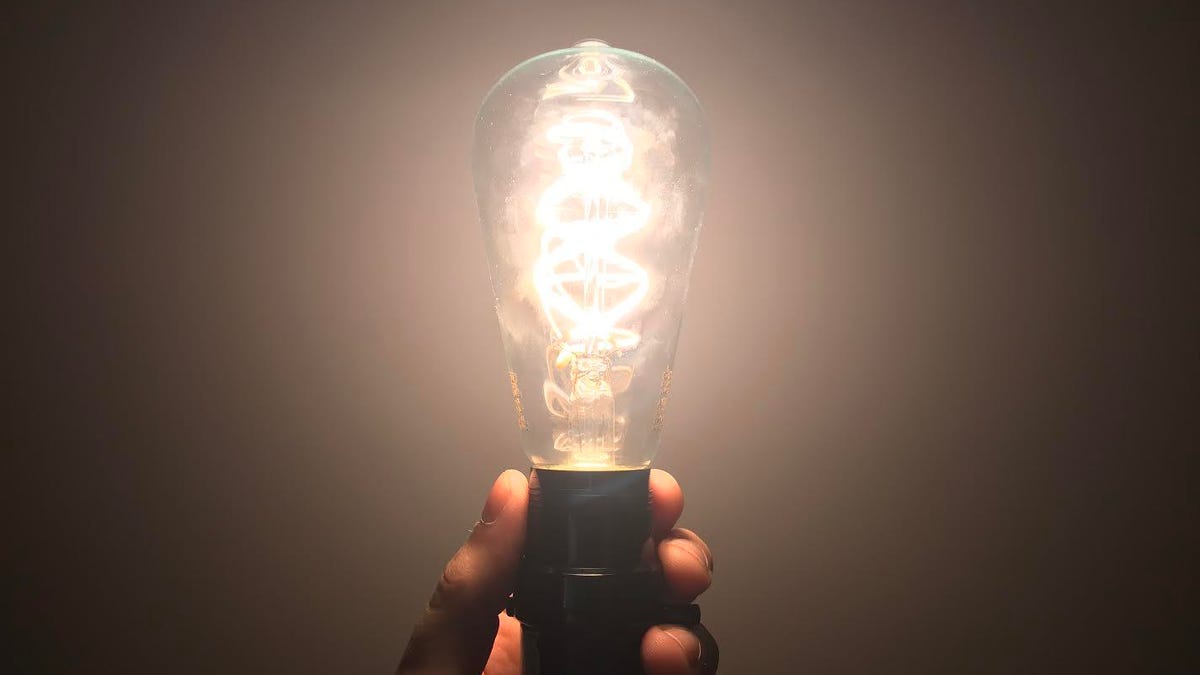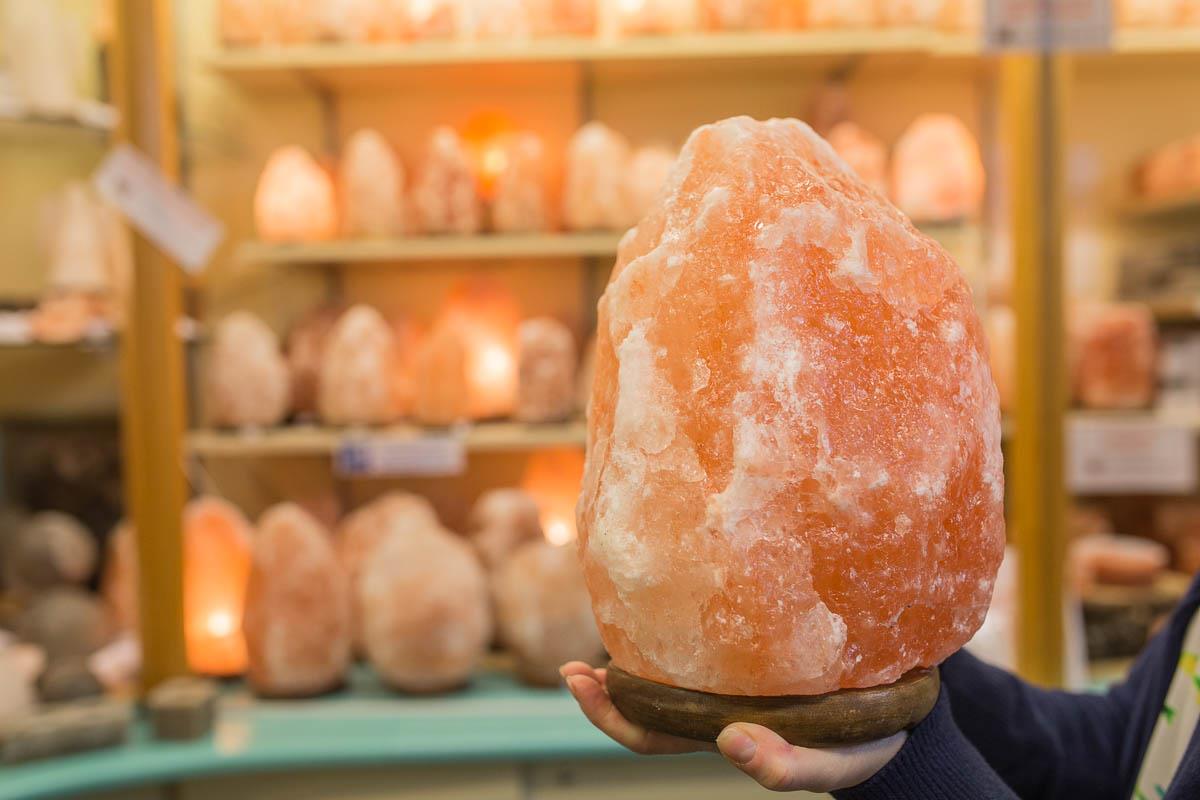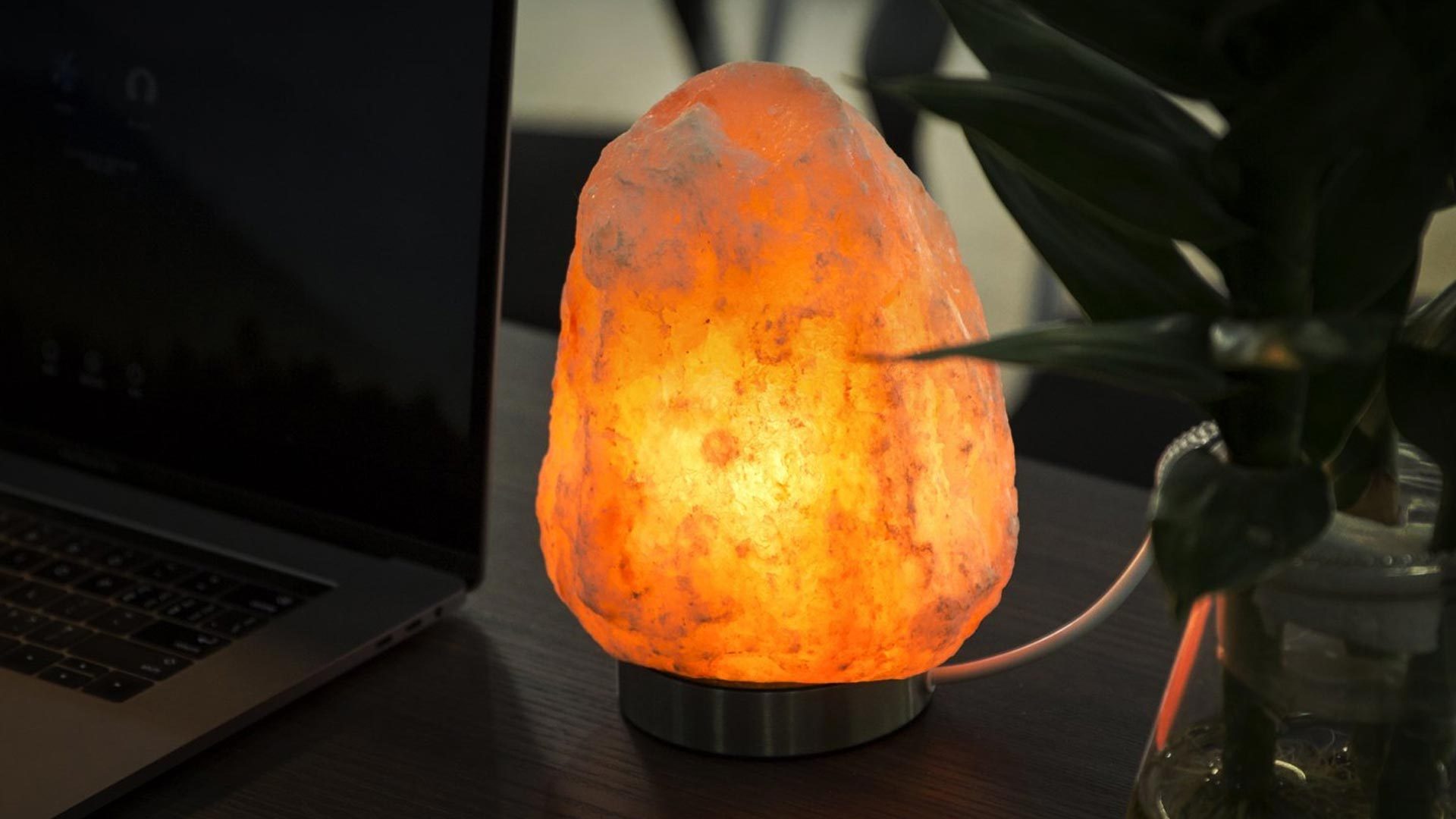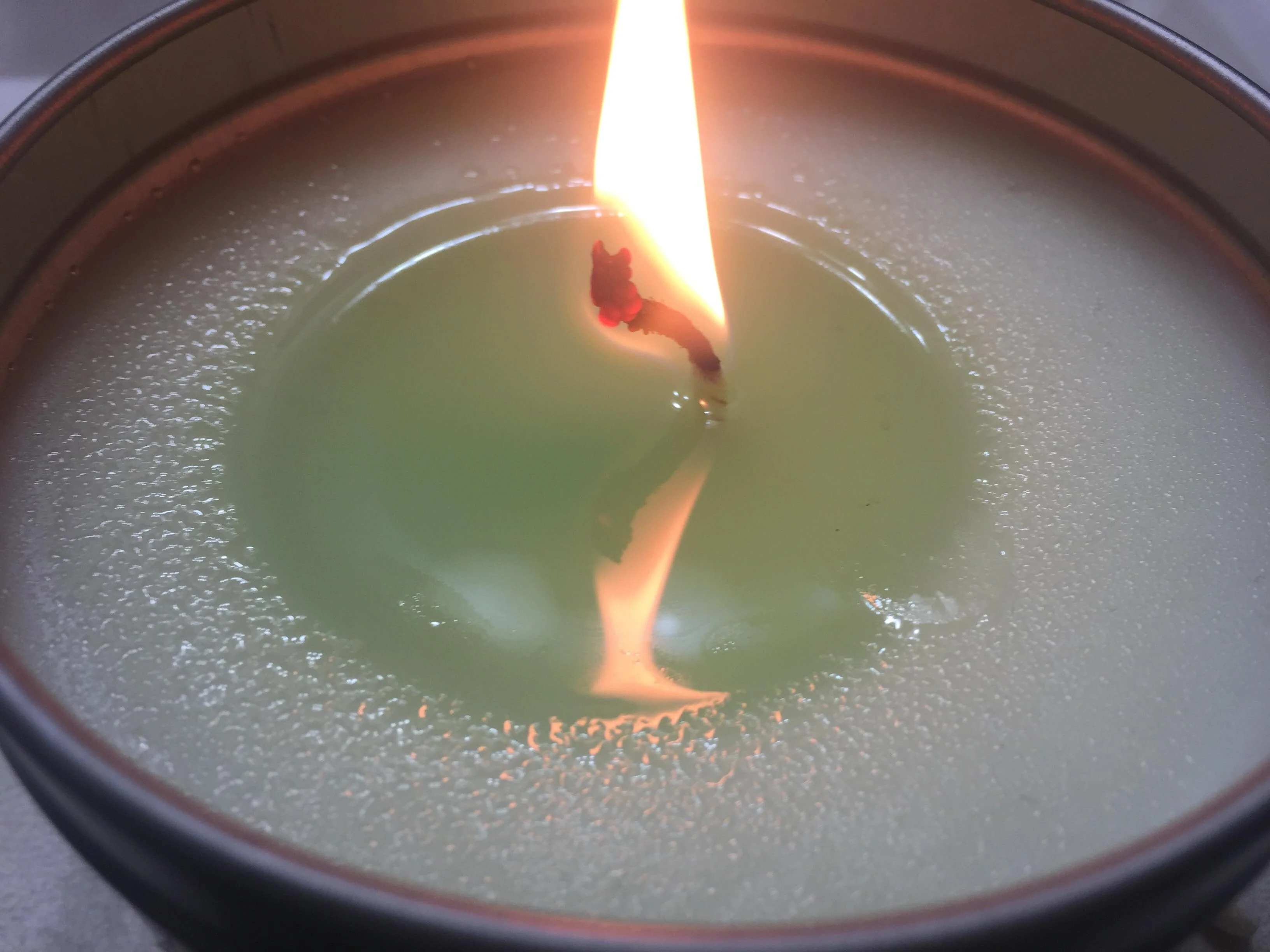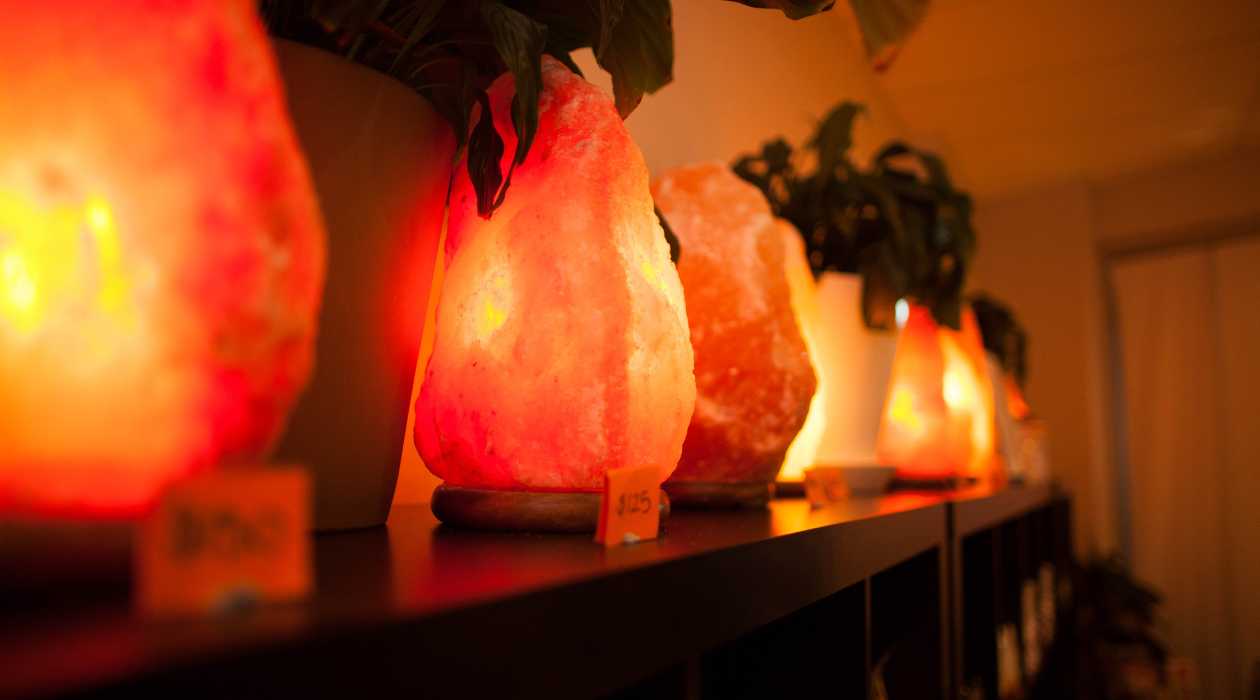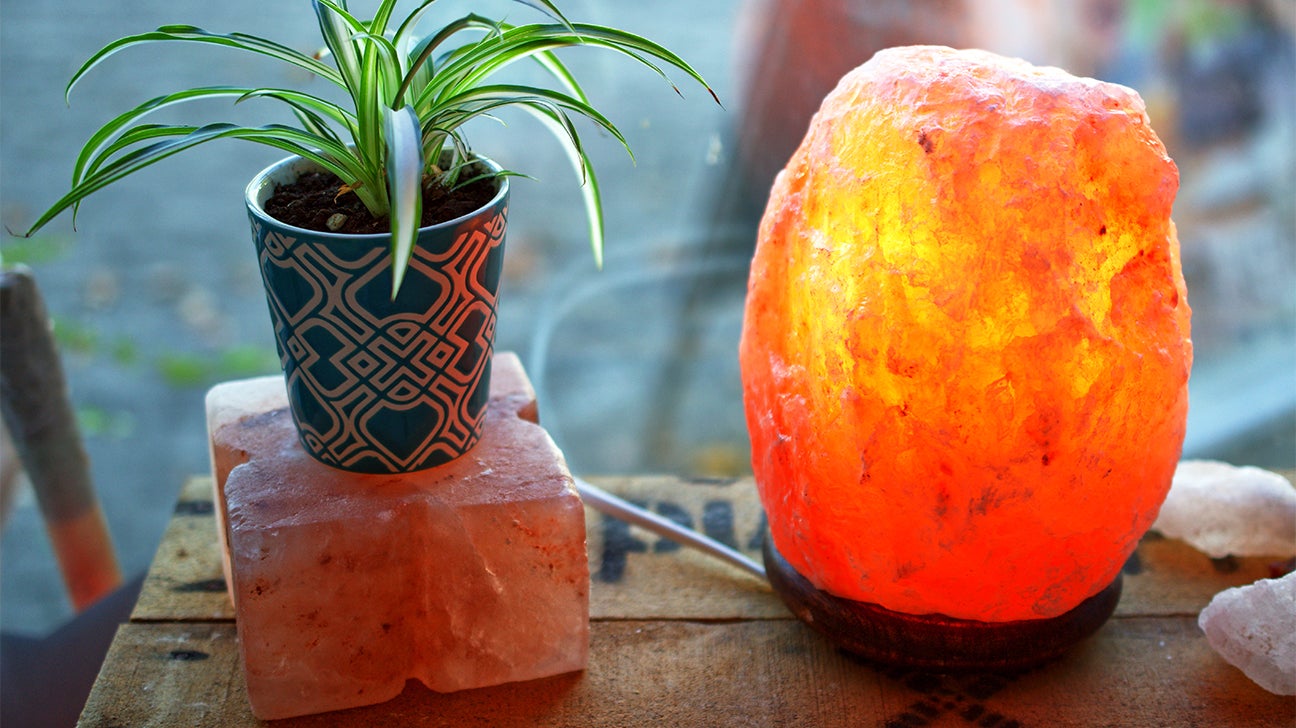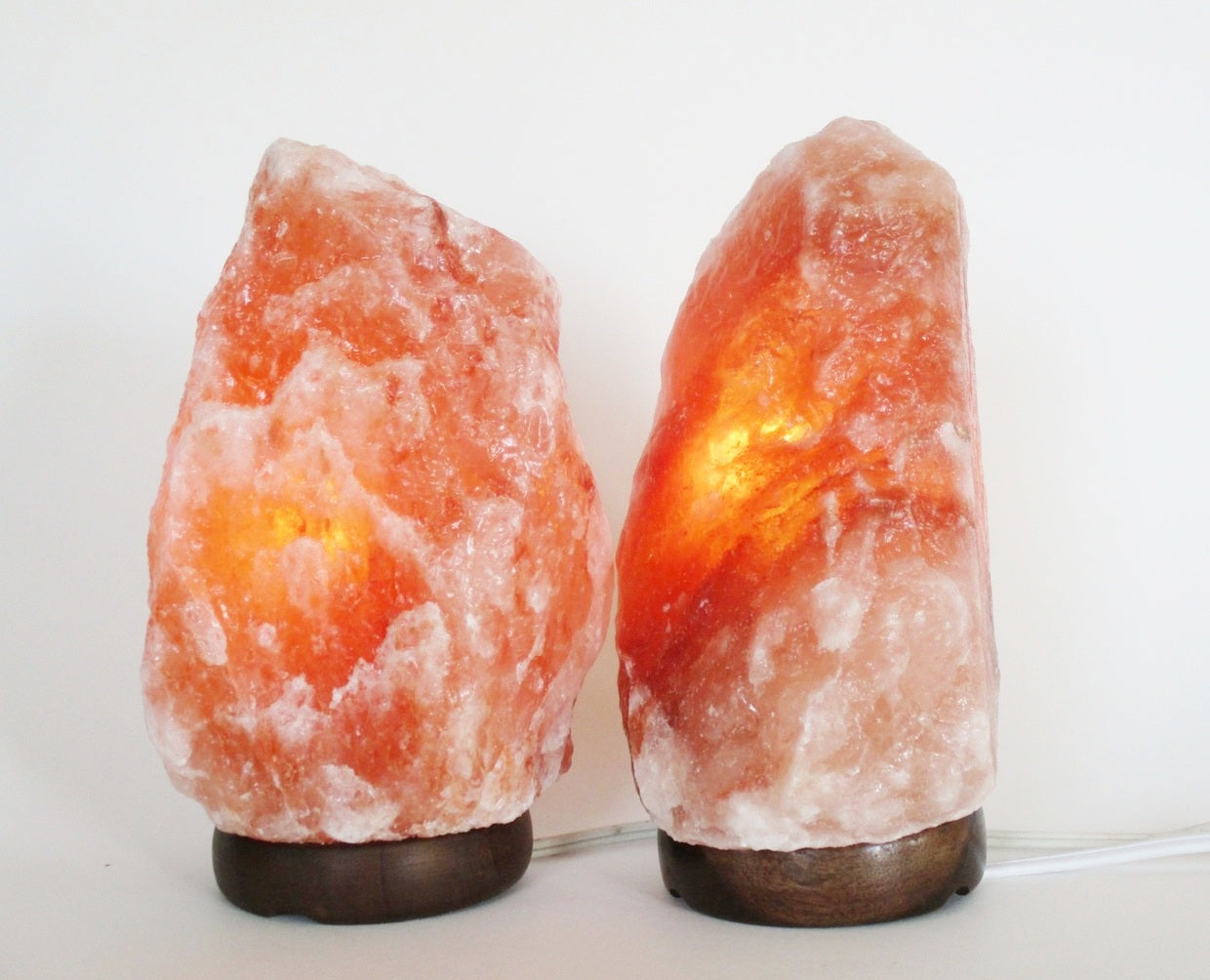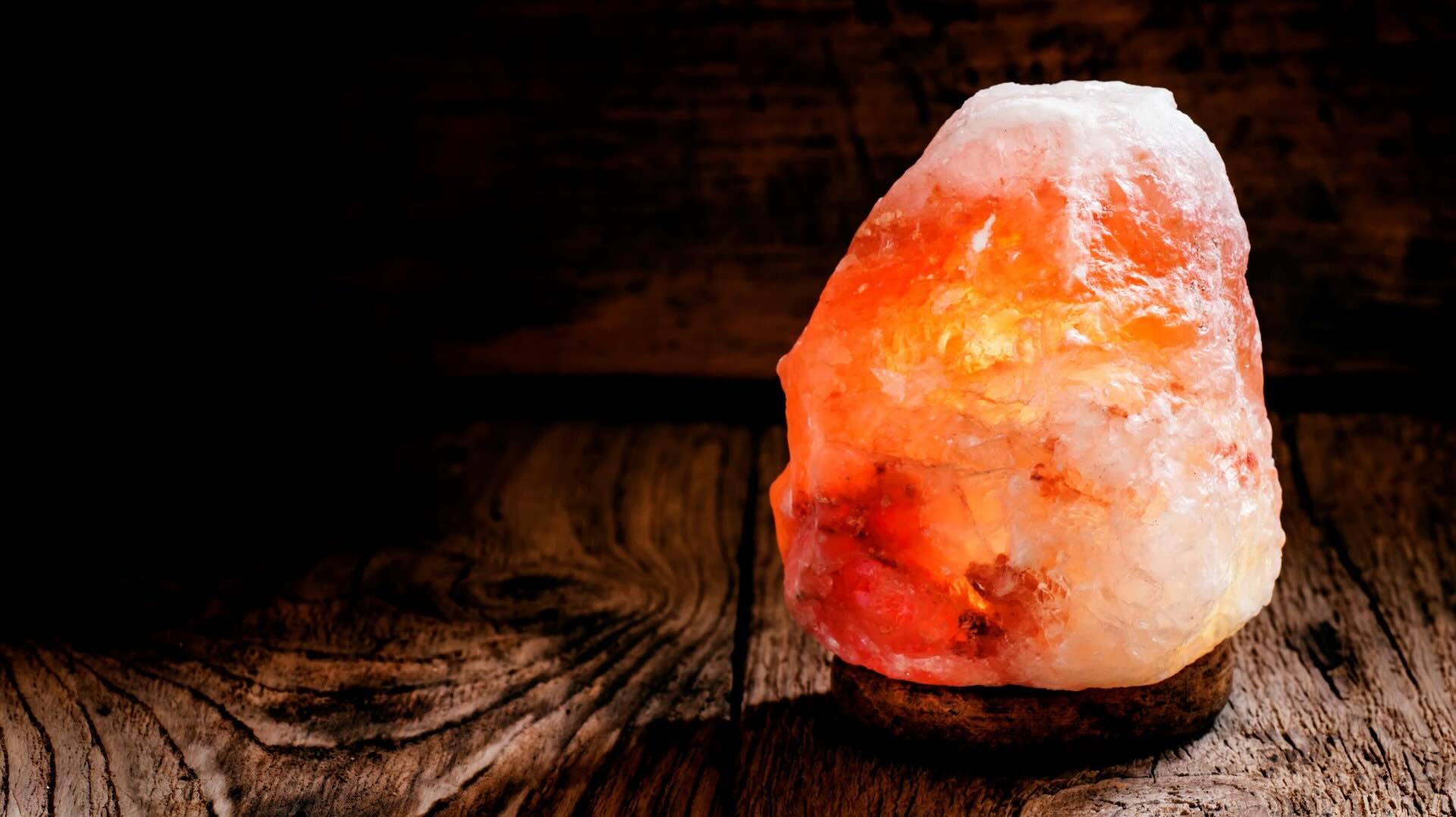

Furniture
Why Does My Salt Lamp Sweat
Modified: February 24, 2024
Discover why your salt lamp sweats and how to prevent it. Find out how to keep your furniture safe and dry with these helpful tips.
(Many of the links in this article redirect to a specific reviewed product. Your purchase of these products through affiliate links helps to generate commission for Storables.com, at no extra cost. Learn more)
Introduction
Have you ever noticed that your salt lamp seems to be sweating? You may be wondering why this happens and if it’s something to be concerned about. Salt lamps have gained popularity in recent years for their alleged health benefits and calming ambiance. However, the phenomenon of sweating in salt lamps can sometimes leave users puzzled.
In this article, we will explore the reasons behind the sweating of salt lamps and what you can do to prevent it. Understanding the underlying causes will not only help you maintain the aesthetics of your salt lamp but also ensure its longevity.
So, let’s dive in and learn more about why your salt lamp may be sweating.
Key Takeaways:
- Embrace the unique charm of your salt lamp while managing sweating by controlling humidity, choosing the right location, and opting for a smaller, higher-quality lamp.
- Regular care and preventive measures can minimize sweating in salt lamps, ensuring their longevity and the creation of a soothing ambiance in your living spaces.
Read more: Why Is My Salt Lamp Melting?
What is a salt lamp?
A salt lamp is a unique type of lamp that is made from a solid block of Himalayan salt. These lamps typically have a bulb or a candle inside, which emits a warm and soothing glow when lit. Salt lamps are known for their beautiful and natural look, often featuring shades of pink, orange, or white.
But there’s more to a salt lamp than just being a stunning décor piece. Proponents of salt lamps claim that they offer a range of health benefits. It’s believed that the negative ions produced by the lamp can purify the air, reduce allergens and indoor pollutants, and even improve mood and sleep quality.
While there is limited scientific evidence to support these claims, many individuals find salt lamps to be a source of relaxation and tranquility. They can be used in various settings, including bedrooms, living rooms, offices, and meditation spaces.
Now that we have a basic understanding of what a salt lamp is, let’s delve into the specific issue of sweating and why it occurs in these unique pieces of decorative lighting.
The phenomenon of sweating in salt lamps
Have you ever noticed droplets of water forming on the surface of your salt lamp? This moisture accumulation, commonly referred to as “sweating,” is a natural phenomenon that occurs in salt lamps.
When exposed to the surrounding environment, especially in spaces with high humidity, the salt lamp absorbs moisture from the air. The salt is hygroscopic, meaning it attracts and retains water molecules. As a result, the moisture condenses on the surface of the lamp, giving it a wet or sweaty appearance.
This occurrence is more likely to happen in humid climates or during the summer months when moisture levels are generally higher. However, it’s important to note that the sweating is generally minimal and not indicative of a faulty salt lamp.
Many people wonder if the sweating of a salt lamp affects its functionality or if it’s a cause for concern. The good news is that the salt lamp will continue to emit the same warm glow and produce negative ions, regardless of the moisture on its surface. So, you can still enjoy the soothing ambiance and potential benefits of your salt lamp even if it sweats.
Although sweating in salt lamps is not a cause for alarm, it’s important to understand the factors that contribute to this phenomenon. By learning about these factors, you can take preventive measures to minimize or even eliminate sweating in your salt lamp.
Factors causing salt lamps to sweat
Several factors contribute to the sweating phenomenon in salt lamps. Understanding these factors can help you better manage your salt lamp and minimize the sweating. Here are some key factors to consider:
- Humidity and temperature levels: High humidity is one of the primary causes of sweating in salt lamps. When the air is saturated with moisture, the salt lamp absorbs it, leading to condensation on its surface. Similarly, changes in temperature can also contribute to sweating as warm air holds more moisture than cool air. Therefore, salt lamps placed in areas with high humidity or near a heat source are more likely to sweat.
- Location of the salt lamp: The placement of your salt lamp can significantly affect its sweating. If the lamp is positioned in a damp or poorly ventilated area, such as a basement or bathroom, it is more prone to sweat. Additionally, placing the lamp near a window or in direct sunlight can also increase the chances of sweating.
- Size and quality of the salt lamp: The size and quality of the salt lamp can play a role in its sweating. Larger salt lamps have more surface area to absorb moisture, making them more likely to sweat than smaller ones. Additionally, the quality of the salt lamp can influence its ability to resist moisture. Higher quality lamps are typically less prone to sweating.
- Environmental changes: Rapid changes in the environment can trigger sweating in salt lamps. For example, if there is a sudden increase in humidity or a significant fluctuation in temperature, the salt lamp may respond by sweating. These environmental changes can occur due to weather conditions, location changes, or even turning on air conditioning or heating systems.
By considering these factors, you can have a better understanding of why your salt lamp may be sweating. Now, let’s explore some practical steps you can take to care for your salt lamp and prevent excess sweating.
Humidity and temperature levels
One of the primary factors contributing to the sweating of salt lamps is the level of humidity in the surrounding environment. Humidity refers to the amount of moisture or water vapor present in the air. When the humidity is high, the air is saturated with moisture, leading to condensation on the surface of the salt lamp.
Similarly, temperature levels can also impact the sweating of salt lamps. Warm air holds more moisture than cool air. As a result, when a salt lamp is exposed to higher temperatures, it can cause the moisture in the air to condense on its surface, creating the appearance of sweating.
So, what can you do to manage humidity and temperature levels and minimize sweating in your salt lamp?
- Use a dehumidifier: If you live in a particularly humid area, using a dehumidifier can help regulate the moisture in the air. This will reduce the chances of your salt lamp absorbing excess moisture and sweating.
- Ventilate the room: Improving ventilation in the room where your salt lamp is placed can help reduce humidity levels. Open windows and use fans to circulate the air effectively. This can promote better airflow and prevent moisture from accumulating.
- Avoid placing the salt lamp in damp areas: Choose a location for your salt lamp that is away from areas prone to moisture, such as bathrooms or basements. These areas tend to have higher humidity levels, increasing the likelihood of sweating.
- Keep the salt lamp away from heat sources: Placing the salt lamp near heat sources like radiators, stoves, or direct sunlight can increase the temperature around the lamp. This can result in more moisture being absorbed by the lamp and, consequently, more sweating. Keep the lamp in a cool and shaded area to prevent excessive sweating.
By managing the humidity and temperature levels in the room where your salt lamp is placed, you can reduce the sweating and help maintain the aesthetic appeal of your lamp.
Now that we have explored the impact of humidity and temperature, let’s move on to the next factor that can affect the sweating of salt lamps – the location of the lamp.
To reduce sweating in your salt lamp, try using a lower wattage bulb or keeping it in a drier environment. Wiping the lamp with a dry cloth can also help.
Read more: Why Is My Salt Lamp Not Working
Location of the salt lamp
The location where you place your salt lamp can greatly influence its tendency to sweat. Choosing an appropriate location for your lamp is key to minimizing sweating and maintaining its beauty. Here’s how the location can impact the sweating of salt lamps:
- Damp or poorly ventilated areas: Avoid placing your salt lamp in areas of your home that tend to be damp or have poor ventilation. These areas, such as basements or bathrooms, typically have higher humidity levels, which can contribute to excessive sweating. Opt for a well-ventilated room instead.
- Near windows or in direct sunlight: While salt lamps can be placed near windows to showcase their beauty, it’s important to note that direct sunlight can increase the temperature around the lamp. This can lead to more moisture absorption and consequently, more sweating. If you choose to place your lamp near a window, ensure it is not in direct sunlight for prolonged periods.
- Away from sources of moisture: Avoid placing your salt lamp near sources of moisture, such as humidifiers, water fountains, or even houseplants that release moisture into the air. These sources can increase the humidity levels in the surrounding area and contribute to sweating in your salt lamp.
- Consider the size of the room: The size of the room can also impact the sweating of your salt lamp. In smaller rooms with limited airflow, the moisture in the air may get trapped, leading to higher humidity levels. If possible, place your salt lamp in a larger room with better air circulation.
By considering the location and surroundings of your salt lamp, you can minimize the potential for sweating and ensure its longevity.
Next, let’s explore how the size and quality of the salt lamp can influence its propensity to sweat.
Size and quality of the salt lamp
The size and quality of a salt lamp can play a significant role in its tendency to sweat. Understanding how these factors impact sweating can help you choose the right salt lamp and manage its potential moisture accumulation. Here’s what you need to know:
- Size of the salt lamp: The size of a salt lamp can affect its surface area and, consequently, its capacity to attract and retain moisture from the surrounding environment. Larger salt lamps have more surface area, which means they can absorb more moisture and are more likely to sweat. If you’re concerned about sweating, consider opting for a smaller-sized salt lamp.
- Quality of the salt lamp: The quality of a salt lamp can also impact its resistance to moisture and sweating. Higher-quality salt lamps are typically less prone to sweating as they are made from purer forms of Himalayan salt. These lamps undergo more refining processes to remove impurities that can attract moisture. Investing in a high-quality salt lamp can help reduce the likelihood of excessive sweating.
- Authenticity of the salt lamp: It’s important to ensure that you’re purchasing a genuine Himalayan salt lamp. There are many counterfeit lamps on the market made from low-quality or imitation materials. These lamps may not have the same ability to resist moisture as authentic salt lamps. When selecting a salt lamp, look for reputable sellers and check for certifications to ensure you’re getting a genuine product.
While it’s not possible to completely eliminate sweating in salt lamps, choosing a smaller-sized and higher-quality lamp can help minimize the moisture accumulation. Additionally, it’s important to remember that occasional sweating in salt lamps is normal and does not indicate a defect or inferior product.
Now that we’ve explored the factors related to size and quality, let’s move on to the next section – caring for your salt lamp to prevent excessive sweat.
Caring for your salt lamp
To prevent excessive sweating in your salt lamp and ensure its longevity, it’s important to provide proper care and maintenance. By following these simple guidelines, you can minimize sweating and keep your salt lamp in optimal condition:
- Wipe the lamp regularly: Use a soft, slightly damp cloth to wipe the surface of your salt lamp regularly. This will help remove any accumulated dust or debris that may contribute to excessive sweating. Make sure the lamp is completely dry before turning it back on.
- Avoid contact with liquid: Salt lamps are not meant to come into direct contact with water or other liquids. To prevent sweating, ensure that the lamp remains dry at all times. If the lamp does come into contact with liquid, turn it off immediately and let it dry thoroughly before using it again.
- Use proper lighting: When lighting your salt lamp, choose bulbs or candles that generate a moderate amount of heat. Excessive heat can contribute to increased sweating. It’s recommended to use low-wattage bulbs or LED bulbs to minimize heat output.
- Turn off the lamp when not in use: If you’re not actively enjoying the warm glow of your salt lamp, consider turning it off. This will help reduce the lamp’s exposure to heat and potentially prevent excessive moisture absorption.
- Store the lamp in a dry place: If you’re not using your salt lamp for an extended period, it’s best to store it in a dry and well-ventilated area. Avoid storing it in a damp or humid environment, as this can increase the likelihood of sweating when you use it again.
By implementing these care practices, you can maintain the aesthetics and functionality of your salt lamp while minimizing sweating. It’s important to note that occasional sweating is normal and should not be a cause for concern. However, if you notice excessive sweating or any other unusual changes in your salt lamp, it may be worth contacting the manufacturer for further guidance.
Now that you know how to care for your salt lamp, let’s explore some additional measures you can take to prevent sweat in salt lamps.
Preventing sweat in salt lamps
While some sweating in salt lamps is normal and unavoidable, there are additional measures you can take to help prevent excessive moisture accumulation and minimize sweating. Consider these tips to keep your salt lamp dry and beautiful:
- Use a salt lamp with a dimmer: Opt for a salt lamp that comes with a built-in dimmer switch. This allows you to adjust the brightness and heat output, which can help regulate moisture absorption and prevent excessive sweating.
- Use a salt lamp in a well-ventilated area: Ensure that your salt lamp is placed in a room with adequate airflow and ventilation. This helps to maintain a balanced humidity level and reduce the chances of sweating.
- Avoid using salt lamps in high humidity areas: It’s best to avoid placing salt lamps in areas with consistently high humidity, such as bathrooms or near kitchen sinks. These areas are more prone to excess moisture, which can result in increased sweating in the lamp.
- Consider using a moisture-absorbing product: You can place a moisture-absorbing product, such as silica gel packets or moisture absorbers, near your salt lamp. These products help to absorb excess moisture in the air and can assist in preventing sweating.
- Regularly clean the salt lamp: Keeping your salt lamp clean can help prevent dust and debris buildup, which can affect its ability to disperse heat and contribute to sweating. Wipe the surface with a soft cloth regularly to maintain its cleanliness.
- Monitor the humidity levels: Consider using a humidity meter or hygrometer in the room where your salt lamp is placed. This will help you keep track of the humidity levels and make adjustments as needed to minimize sweating.
Implementing these preventive measures can significantly reduce the chances of excessive sweating in your salt lamp. However, it’s important to note that some sweating is natural and may still occur, especially in humid environments or during periods of high humidity.
Now that we have explored various methods to prevent sweating in salt lamps, let’s conclude our article.
Read more: Why Is My Himalayan Salt Lamp Leaking
Conclusion
Salt lamps are not only beautiful decorative pieces but also alleged sources of health benefits and ambiance. However, it’s not uncommon for these lamps to experience sweating, which can leave users wondering about the causes and potential implications.
In this article, we’ve explored the phenomenon of sweating in salt lamps and identified several factors that contribute to it. Factors such as humidity and temperature levels, the location of the lamp, and the size and quality of the lamp can all influence the amount of sweating observed. Understanding these factors helps us take proactive steps to minimize sweating and maintain the aesthetics and functionality of the salt lamp.
We’ve also discussed the importance of proper care and maintenance to prevent excessive sweating and keep the salt lamp in optimal condition. By regularly wiping the lamp, avoiding contact with liquids, using appropriate lighting, and storing it in a dry place when not in use, you can prolong the lifespan of your salt lamp and reduce the likelihood of sweating.
While it’s essential to take preventive measures to minimize sweating, it’s important to remember that occasional sweating is normal and does not indicate a defective salt lamp. However, if you notice excessive or unusual sweating, it may be worth contacting the manufacturer for further guidance.
By following the tips and guidelines outlined in this article, you can enjoy the benefits and beauty of your salt lamp while managing and preventing excessive sweat. With the right care and attention, your salt lamp will continue to create a soothing and tranquil atmosphere in your space.
So, embrace the unique qualities and charm of your salt lamp, and let it illuminate and enhance your living spaces for years to come.
Frequently Asked Questions about Why Does My Salt Lamp Sweat
Was this page helpful?
At Storables.com, we guarantee accurate and reliable information. Our content, validated by Expert Board Contributors, is crafted following stringent Editorial Policies. We're committed to providing you with well-researched, expert-backed insights for all your informational needs.
